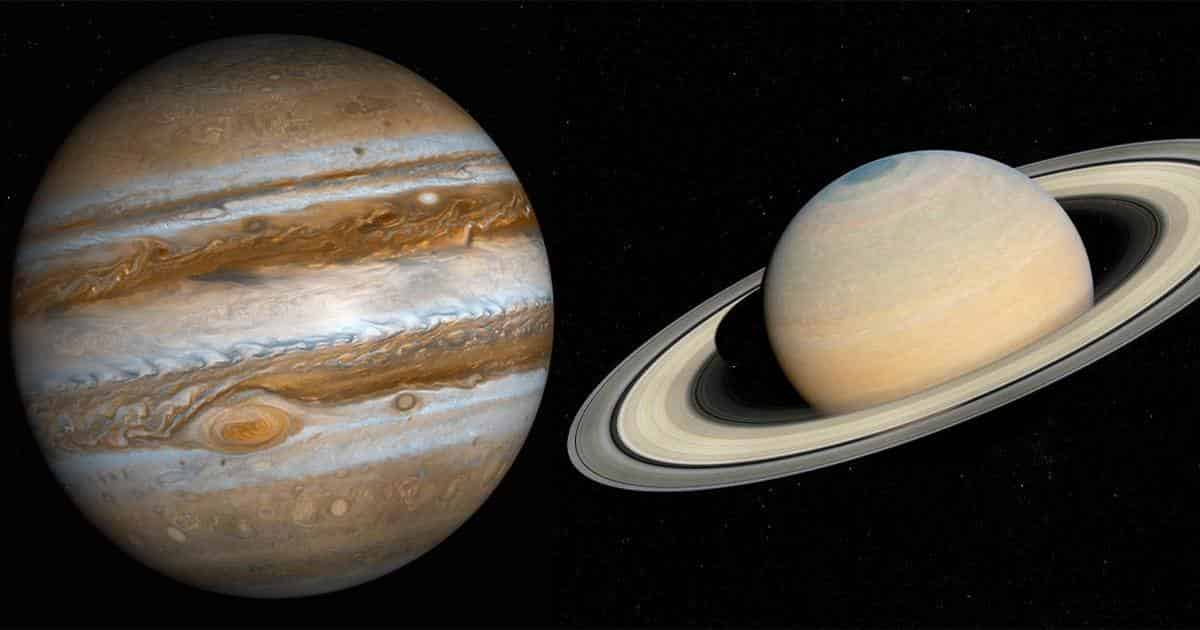Jupiter and Saturn will come too close and will look like a Christmas star on December 21
This is once in 400 years that both planets will come this close to one another

This colder time of year solstice will be an especially exceptional one as Jupiter and Saturn will be at their nearest point for a very long time.
For as long as a couple of months, the two gas goliaths have been moving toward one another, and the evening of December 21—the date of the colder time of year solstice—this cycle will come full circle in what’s known as an “extraordinary combination.”
On this evening, the two planets will be so near one another that they seem like a splendid twofold planet—with the marvel being famously alluded to as a “Christmas Star.”
Extraordinary conjunctions are uncommon, happening once like clockwork or somewhere in the vicinity. In any case, the current year’s occasion is uncommon in light of the fact that the planets will show up especially near one another.
The last opportunity the planets came this nearby in the sky was around four centuries prior, as indicated by NASA.
“You can envision the nearby planetary group to be a circuit, with every one of the planets as a sprinter in their own path and the Earth toward the focal point of the arena,” Henry Throop, a stargazer in the Planetary Science Division at NASA Headquarters in Washington, said in an articulation.
“From our vantage point, we’ll have the option to be to see Jupiter within the path, moving toward Saturn throughout the month lastly overwhelming it on December 21.”
The extraordinary combination of Jupiter and Saturn incidentally happens upon the arrival of the December solstice—the briefest day of the year with the longest night in the Northern Hemisphere—giving ideal conditions to see the galactic occasion.
“The solstice is the longest evening of the year, so this uncommon happenstance will give individuals an extraordinary opportunity to head outside and see the nearby planetary group,” Throop said.
While the expression “winter solstice” as a rule alludes to a whole day, it actually just alludes to a particular second as expected—when the Earth’s the North Pole is pointing uttermost away from the sun.
In 2020, this second will happen at 5:02 a.m. ET on Monday, December 21—denoting the beginning of galactic winter in the Northern Hemisphere.
The incredible combination of Jupiter and Saturn isn’t the lone cosmic occasion stargazers will have the option to appreciate around the hour of the colder time of year solstice.
On the evening of December 21-22, the yearly Ursid meteor shower is set to the top, as indicated by the American Meteor Society (AMS).
During most extreme movement, onlookers might have the option to see 5-10 Ursid meteors for every hour during the late morning hours. A few upheavals sometimes produce in excess of 25 meters for each hour.
“The Ursids are regularly ignored because of the reality it tops not long before Christmas and the rates are significantly less than the Geminds, which tops simply seven days before the Ursids,” the AMS said.


